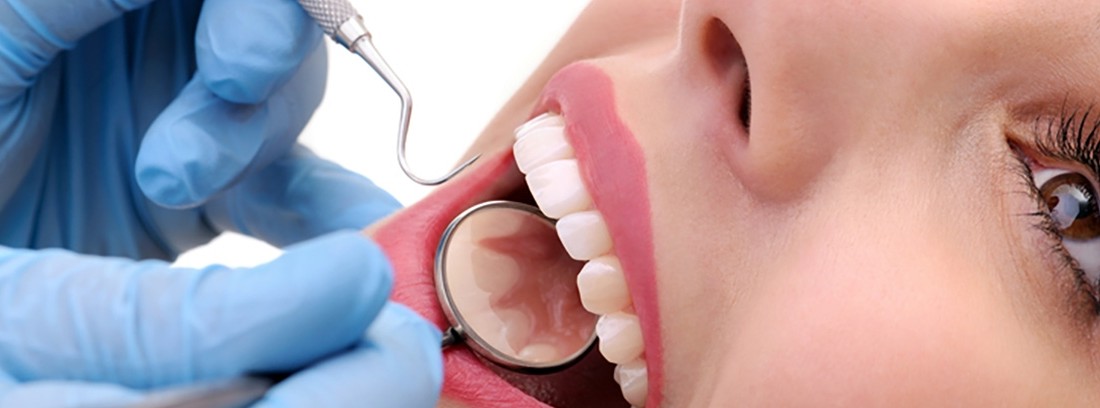The buccal environment
 | the mouth is a medium with abundant microorganisms which can become pathological
| the mouth is a medium with abundant microorganisms which can become pathological
The oral cavity is an ecological environment, perfect for the growth and development of bacteria that form a balanced microbial flora called the resident saprophytic flora that is commonly found in the mouth and that does not generate pathology. If this balance is broken, pathological situations occur due to microbial growth or the appearance of an unusual pathogenic flora in the mouth. The microbial population that exists reaches about 100 million microorganisms per cubic centimeter of saliva.
The presence of teeth, fissures, prostheses, cavities, poor hygiene, alterations in pH due to the use of antibiotics, hormonal changes (pregnancy), alterations in saliva production can cause imbalances in this ecological environment.
The saprophytic flora is composed of enterococci, streptococci mitis and salivaris, neisserias, veillonellas, actinomyces, lactobacilli, nocardia, spirochetes, fusobacterium nucleatum, etc.
The microbial flora varies with age. The adult has more flora than the child or the elderly. We can say that the mouth of a child is initially sterile but little by little with contact with the environment it enriches its flora. Before one year of age, your child's flora consists mainly of lactobacilli, actinomyces, streptococci, veillonellas. The appearance of teeth causes an increase in flora with the appearance of spirochetes and vibrios.
In adults, the saprophytic flora increases and depending on oral hygiene there may be an aerobic flora or if there is no hygiene an anaerobic and proteolytic flora.
The flora can vary even by intake, the presence is greater between intakes, due to the sweeping effect of saliva and chewing during the meal and immediately afterwards.
In general, the mouth is a medium with abundant microorganisms which can become pathological if there are decompensations in the balance systems that go from saliva, to the mechanical effect of chewing and oral hygiene, etc.
(Updated at Apr 13 / 2024)